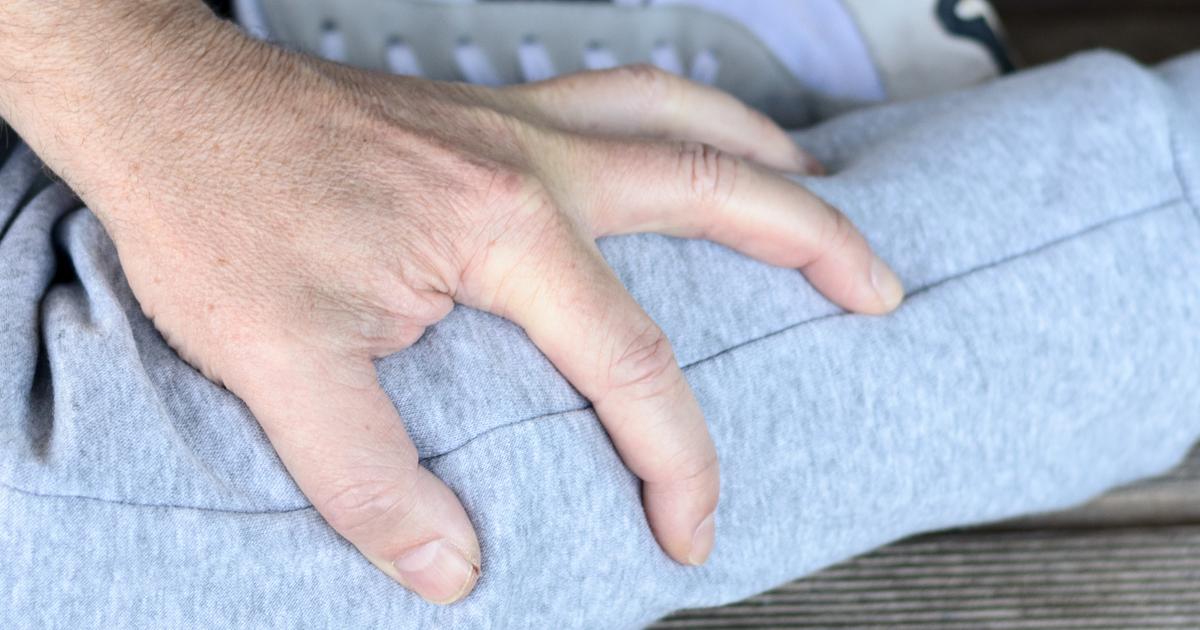What Are The Symptoms Of Sydenham’s Chorea?
Sydenham's chorea, a disorder that affects an individual's movements, occurs following an infection by a specific type of bacteria called group A streptococcus. Strep throat and rheumatic fever are illnesses precipitated by group A streptococcus bacteria. After an individual has one of these infections, a section of their brain referred to as the basal ganglia can adversely react with the group A streptococcus bacteria. An individual's movement, speech, and posture are all influenced and controlled by the basal ganglia deep in the brain. Diagnosis of Sydenham's chorea is made with the use of a physical examination, throat swab, anti-DNAse B blood test, ant streptolysin O blood test, ESR, CBC, MRI scans, and Ct scans. Treatment for Sydenham's chorea may involve antibiotics to kill the infection-causing bacteria and medication for the management of symptoms like movement problems and emotional issues.
Read about the full symptoms of Sydenham's chorea now.
Involuntary Movements

An individual who experiences involuntary movements may be affected by Sydenham's chorea. The involuntary movements in this condition are the result of nerve damage caused by an abnormal immune system reaction on the tissues of the basal ganglia due to the group A streptococcus bacterial infection. These abnormal movements are involuntary or not able to be effectively controlled by the patient. The irregular movements tend to be rapid and aimless in Sydenham's chorea. Any muscles around the body can be affected by these involuntary movements, but they are most common in a patient's facial muscles, legs, arms, and trunk. This is a hallmark symptom that occurs in Sydenham's chorea and is often severe enough to disrupt a patient's ability to perform everyday activities and tasks. This symptom may be present for up to six months following the group A streptococcus bacteria infection.
Continue reading to reveal more Sydenham's chorea symptoms now.